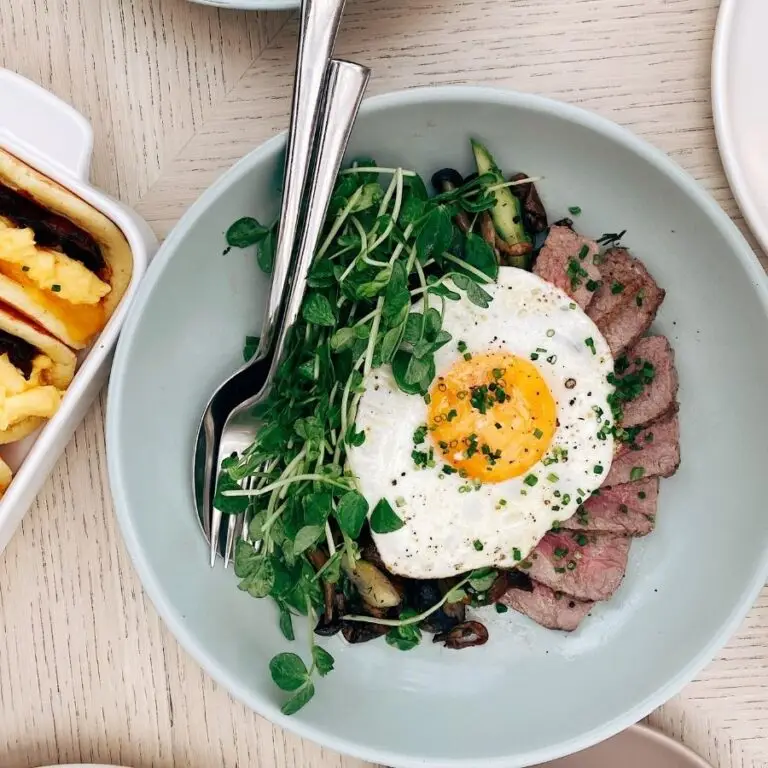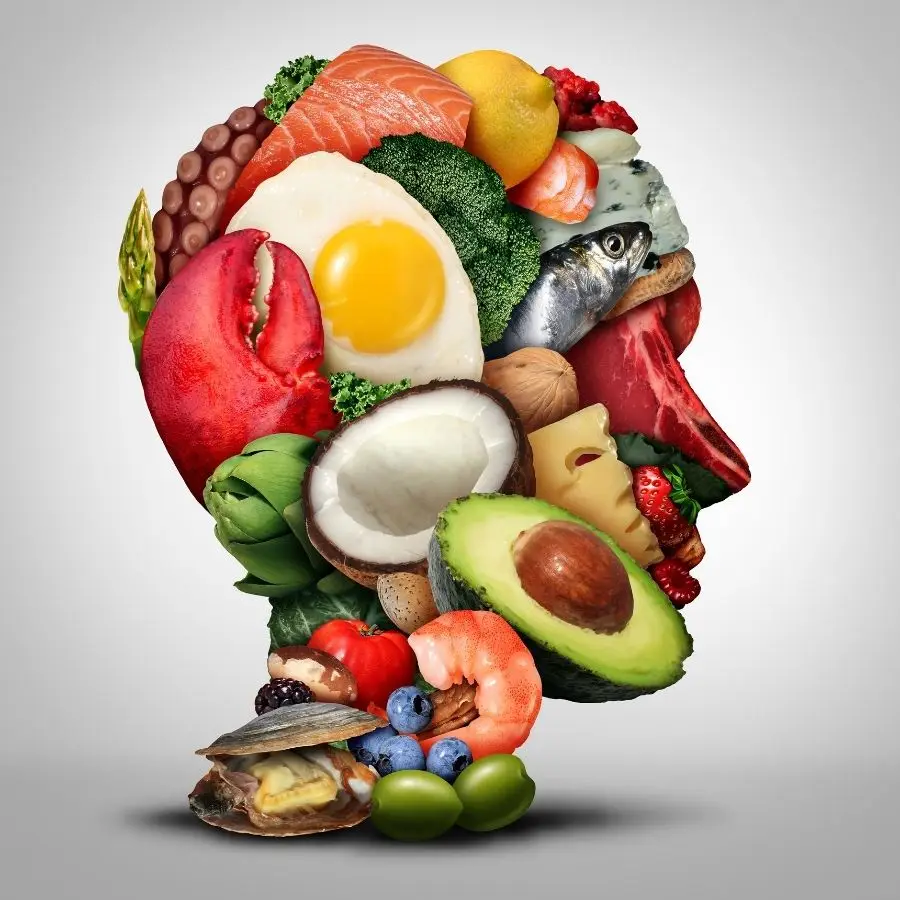
Sweeteners – the most popular keto-friendly sweeteners
The main assumption of the ketogenic diet is to eliminate carbohydrate-rich foods, such as starch, desserts and processed foods, from the daily menu. Sugar is one of the basic ingredients we are getting rid of our diet in this case. Still, a lot of people don’t want to give up sweet things completely. Luckily there are some sugar alternatives available.












